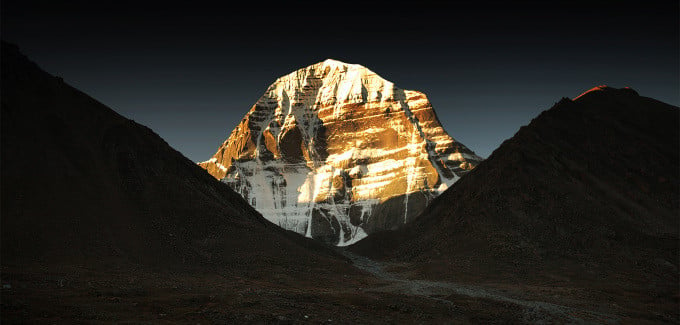
Kailash or Kangringboqe, located in the remote southwest of Tibet, China, is revered by more than a billion Buddhists, Hindus, and Jains (Indian religions) as the world's most sacred mountain. Hindus believe it to be the abode of the god Shiva. Others believe Kailash is the mythical Mount Meru in Indian culture, the abode of the gods and the center of the universe.
To date, no one has climbed the summit in a way that has been approved by local authorities. According to the Times of India , climbing Mount Kailash is prohibited because Tibet fears that it will affect the sacredness of the mountain. According to legend, a monk named Milarepa once climbed to the top and returned to warn people not to disturb the supreme being resting on the mountain.
In 1926, Colonel RC Wilson of the Indian Army organized a group expedition to the summit, but heavy snow caused the attempt to fail.
Aside from religious beliefs, mythology, and harsh weather, Mount Kailash is also "unclimbable" due to its physical challenges. "The pyramid-like shape, steep slopes, and constant snow cover make it extremely difficult to reach the summit," Tibet Vista, a Tibet-based travel company, wrote on its website. Yet the mountain still welcomes thousands of pilgrims every year, according to the world pilgrimage guide website run by National Geographic photographer Martin Gray.
Also according to the description from Tibet Vista, Kailash peak stands out from the surrounding peaks, the slopes are almost vertical so conquering the mountain is considered an "extremely difficult" task.
The journey to the mountain requires perseverance as there are no direct flights, trains or buses operating nearby, and travel is difficult and dangerous. The three-day pilgrimage, known as “The Kora”, begins in the town of Darchen at 4,600 metres and culminates at Drolma La-Pass at 5,650 metres. People walk around the mountain three times clockwise, or counterclockwise, depending on their beliefs.
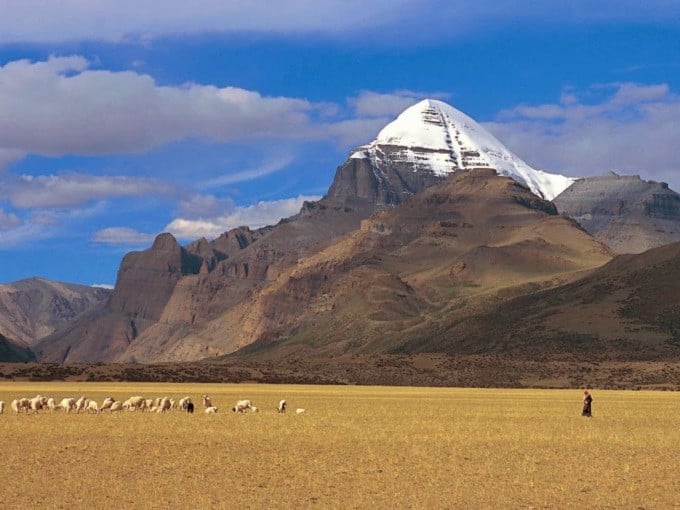
According to Wonders of Tibet, visitors should be prepared to walk 15-22 km per day on the pilgrimage, which is described as "one of the highest routes in the world", as well as train at home for three months in advance.
The first day, visitors follow the south and west routes of the mountain, which are flat and easy to walk. The second day, the conditions are more difficult, heading north and east, passing through the Drolma La-Pass. The last day is easier and also the shortest of the three days. If you cannot carry your own luggage, you can hire yaks or locals to carry it for you. Visitors camp or spend the night in simple lodgings for pilgrims in the Drira-puk and Zutul-puk monasteries. Along the way, visitors will meet many Tibetan nomads, Indian tourists, pilgrims passing through three monasteries, dozens of sacred destinations with rocks engraved with mantras.
Many believe that circling the mountain three times will erase all sins of a lifetime. At a site called Shiva-tsal, visitors leave behind mementos such as clothes and locks of hair to signify that their sad, unsatisfactory old lives have been left behind.
The mountain's busiest time is during the Saga Dawa festival, which begins in early May and ends in June. The festival commemorates three major events in the life of Gautama Buddha: his birth, enlightenment, and passing into nirvana. Visitors must be between the ages of 18 and 70 to take the trip.
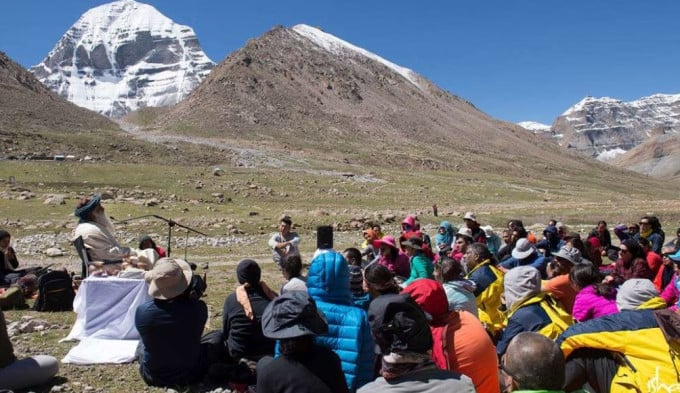
The best way to get to the mountain is to take a flight or train to Lhasa, Tibet from cities in China or Kathmandu, Nepal, and spend a few days there acclimatizing. Then drive to the mountain, a journey of four days. Along the way, you can stop in the Tibetan town of Shigatse and the ancient Sakya monastery, and even detour to the north face of Everest Base Camp (this journey will take you two more days). In recent years, the road to western Tibet has been paved and hotels have been upgraded, making the pilgrimage less arduous.
International visitors to Tibet need to go on a tour with a local travel agency and must obtain a permit from the Tibet Tourism Bureau.
TH (according to VnExpress)Source: https://baohaiduong.vn/ngon-nui-ty-nguoi-biet-nhung-chua-ai-tung-len-dinh-384928.html



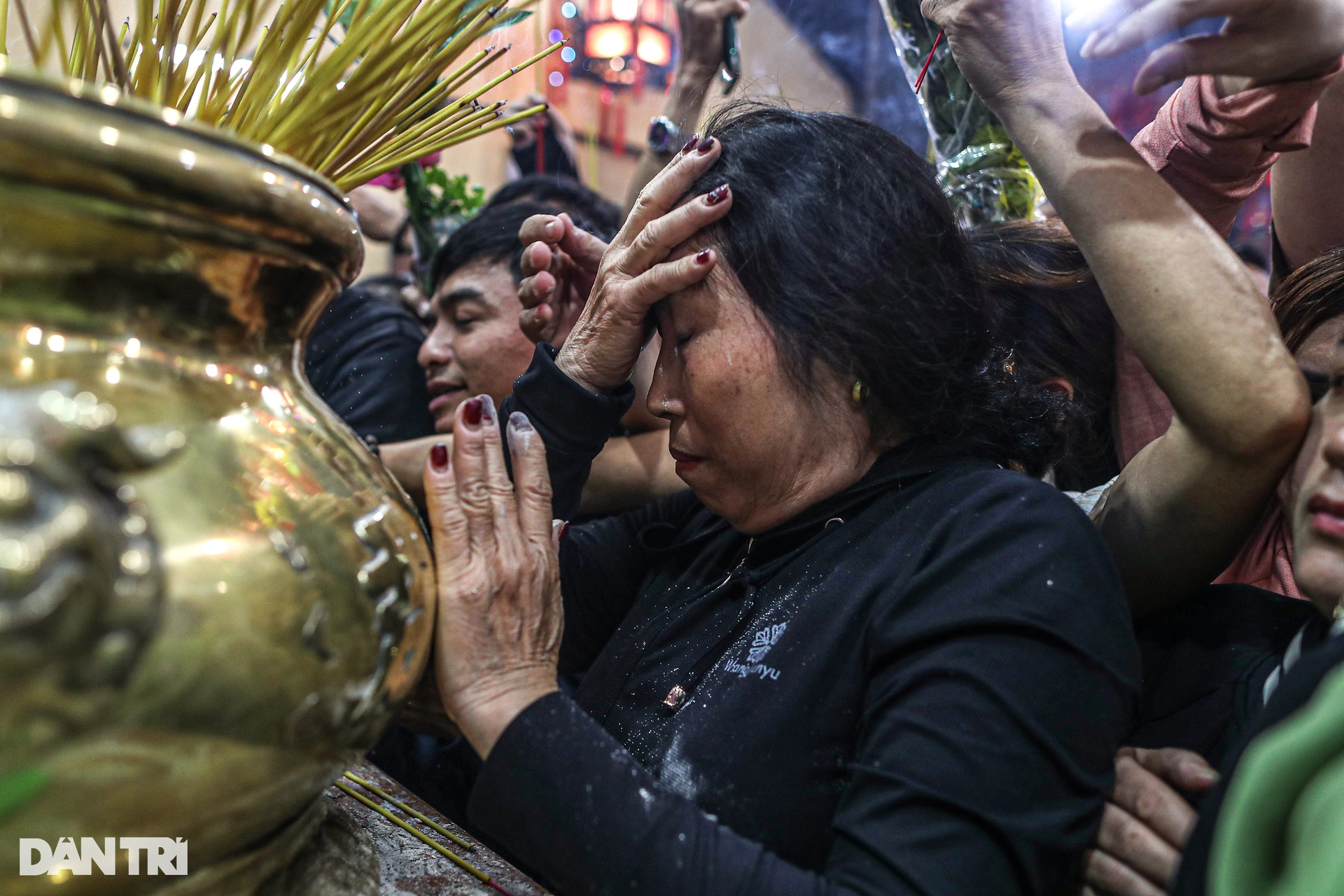

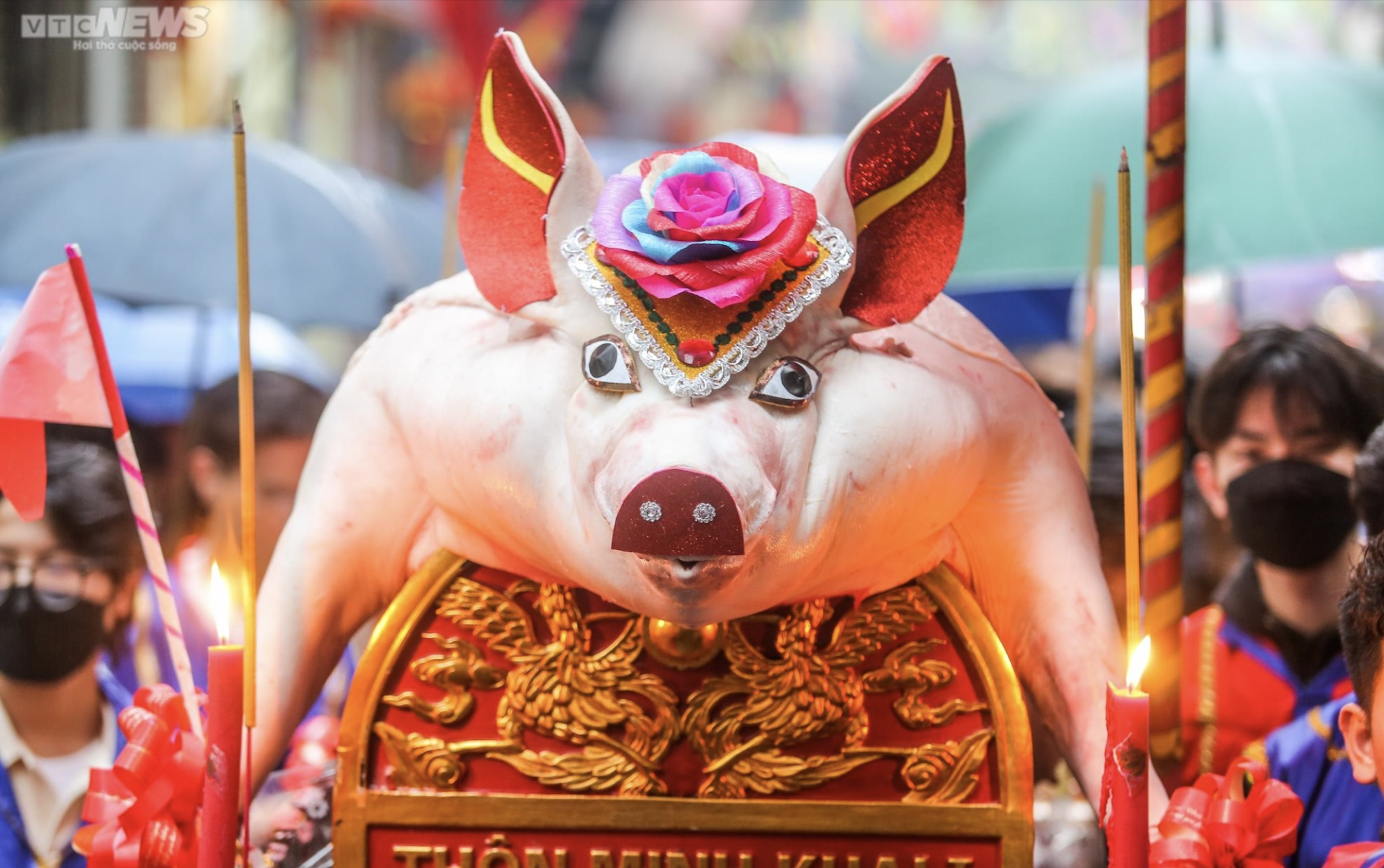
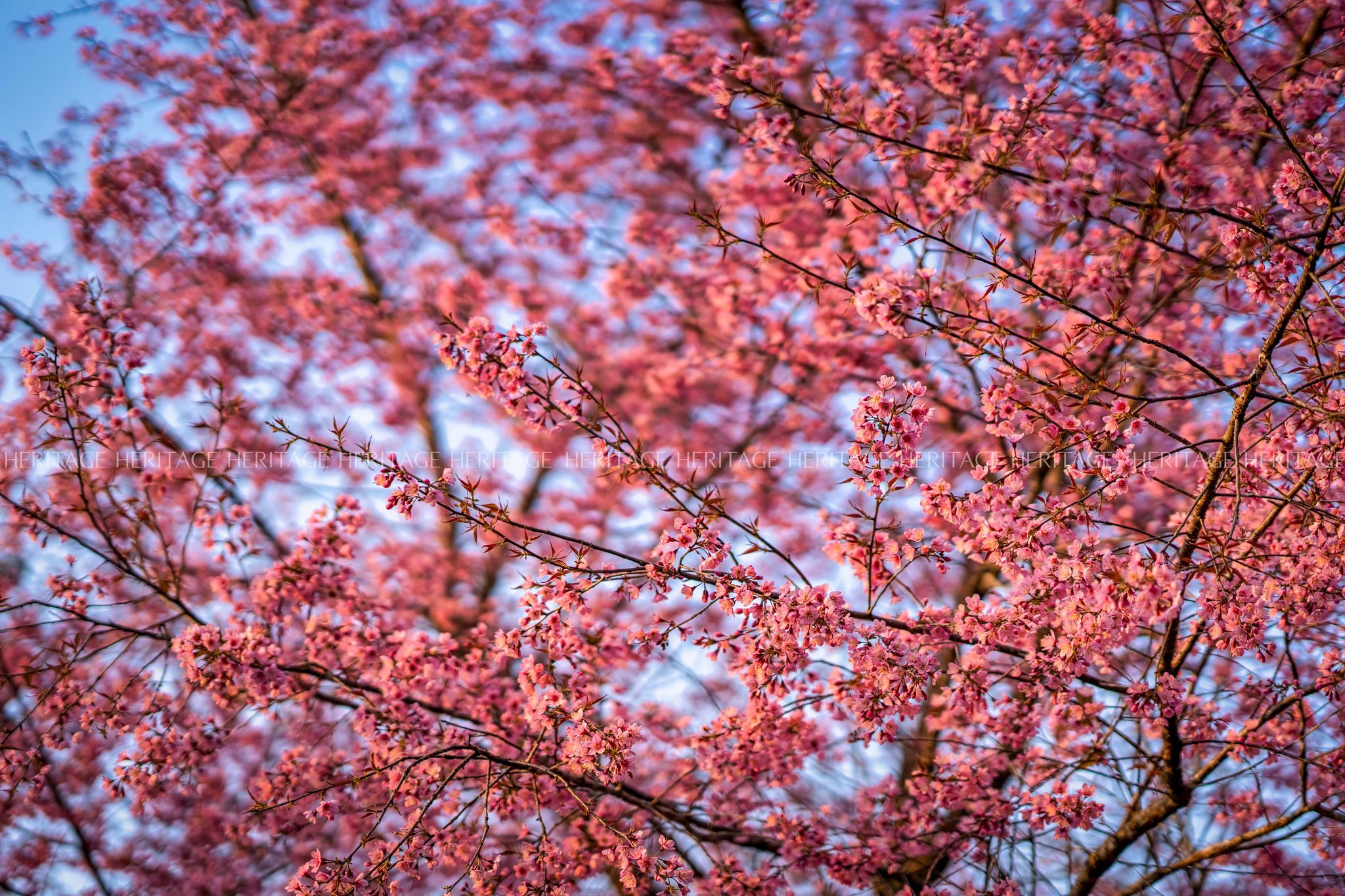

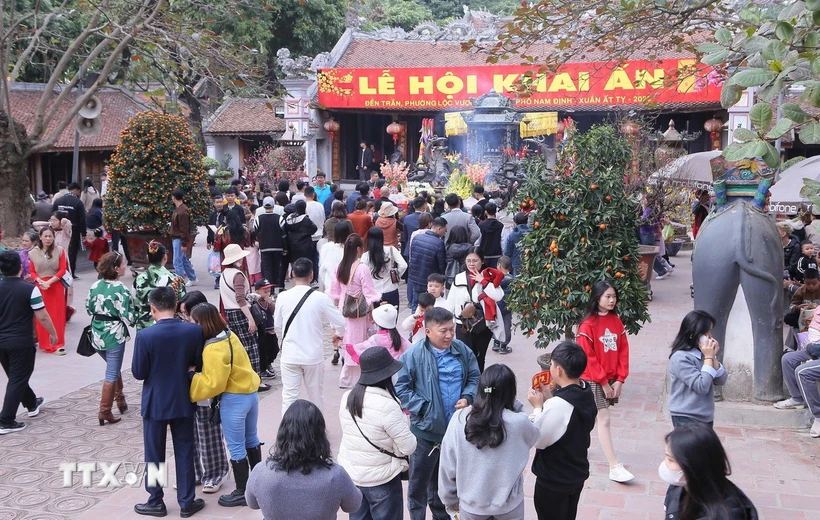
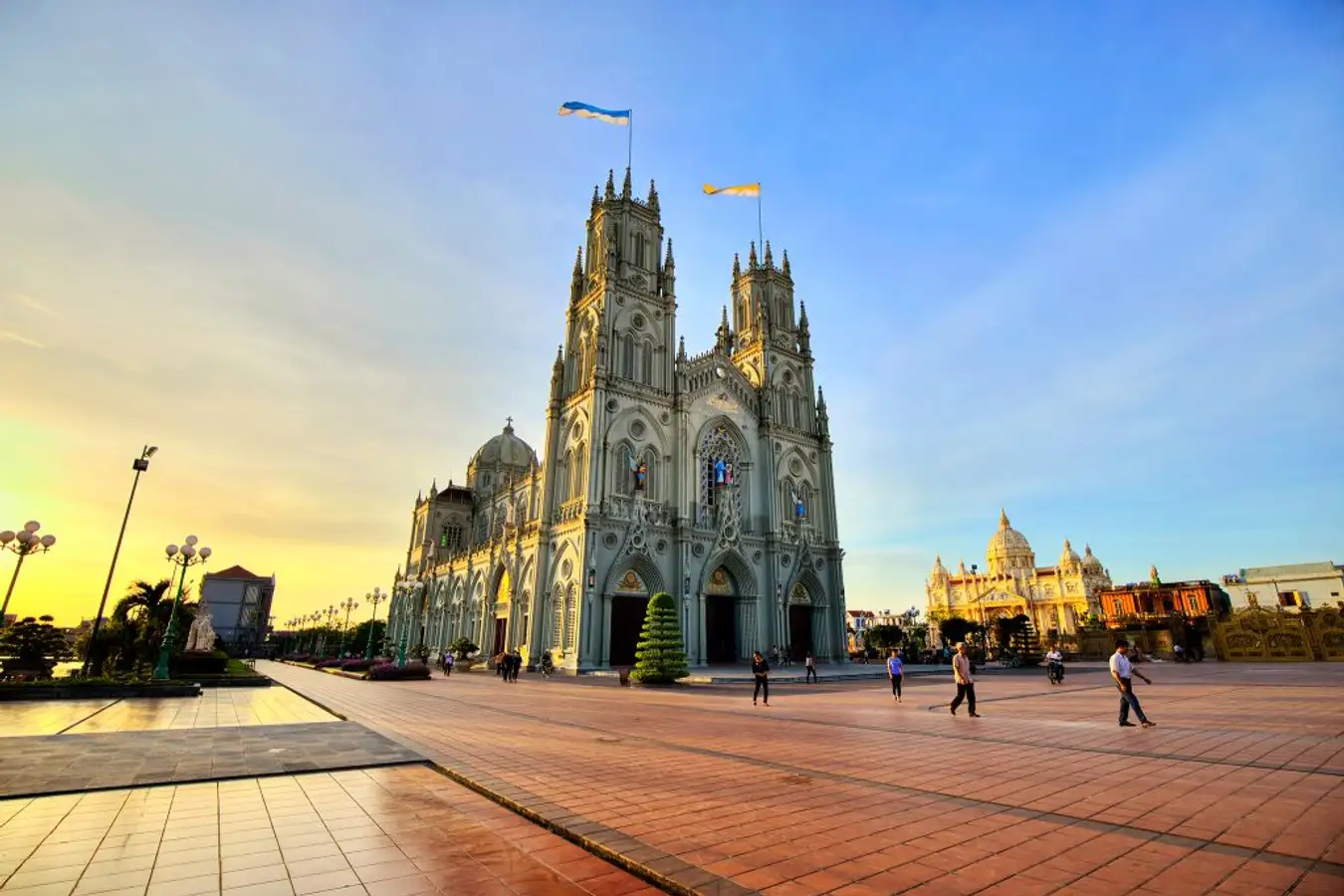




















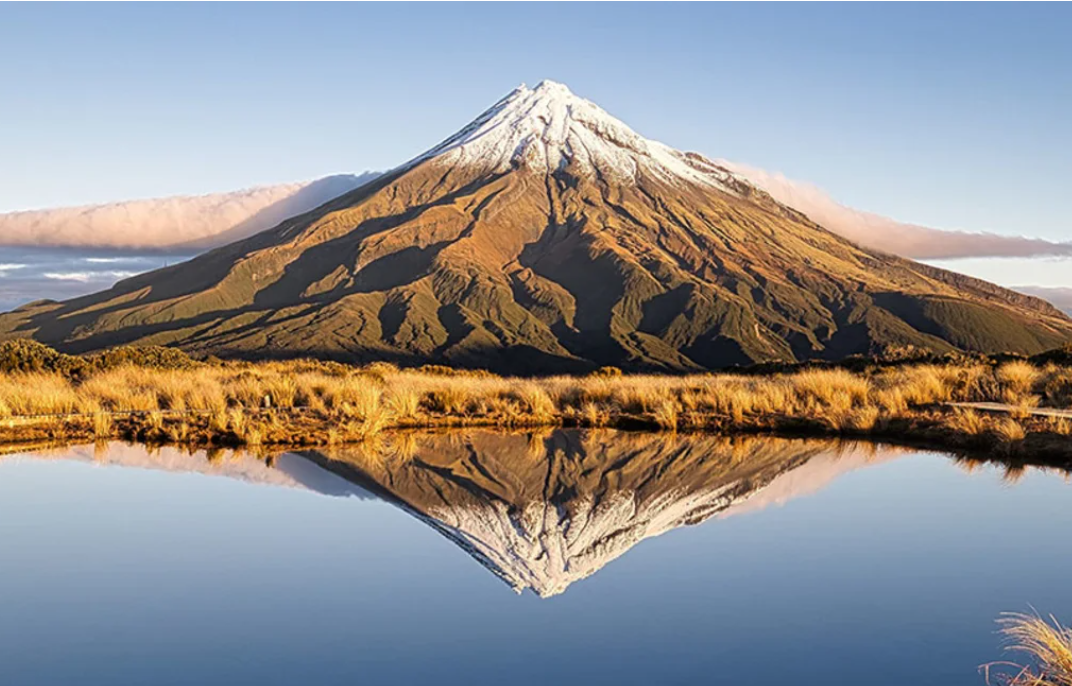
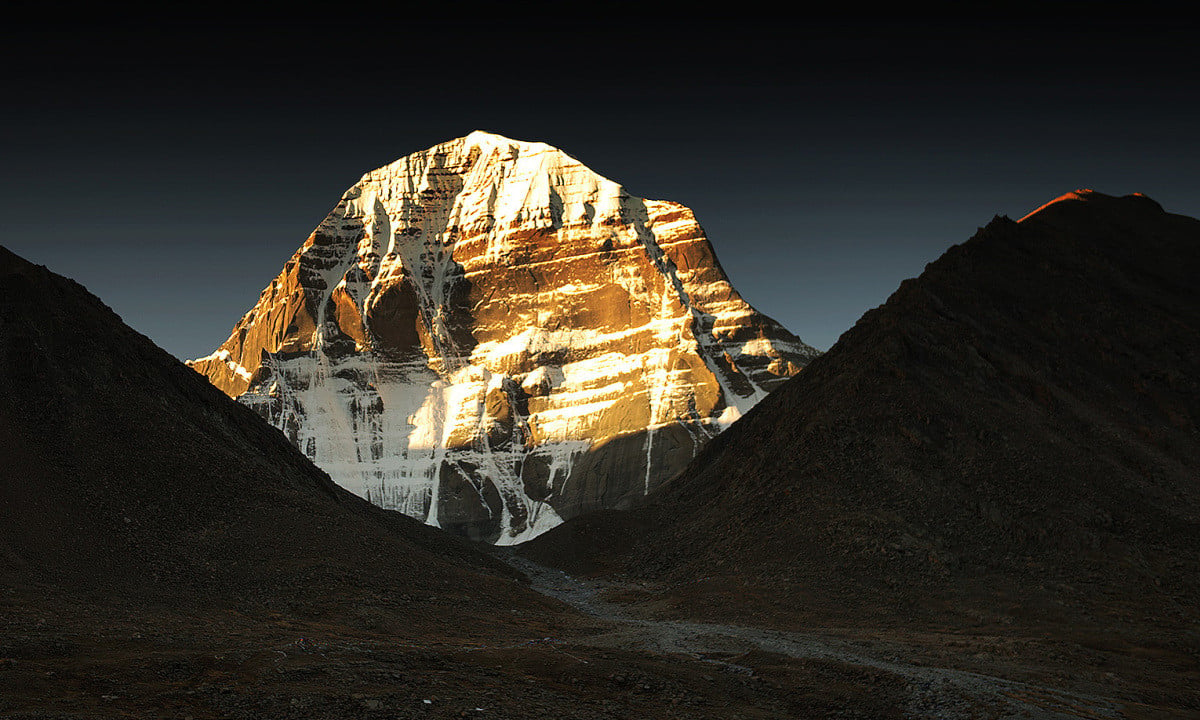

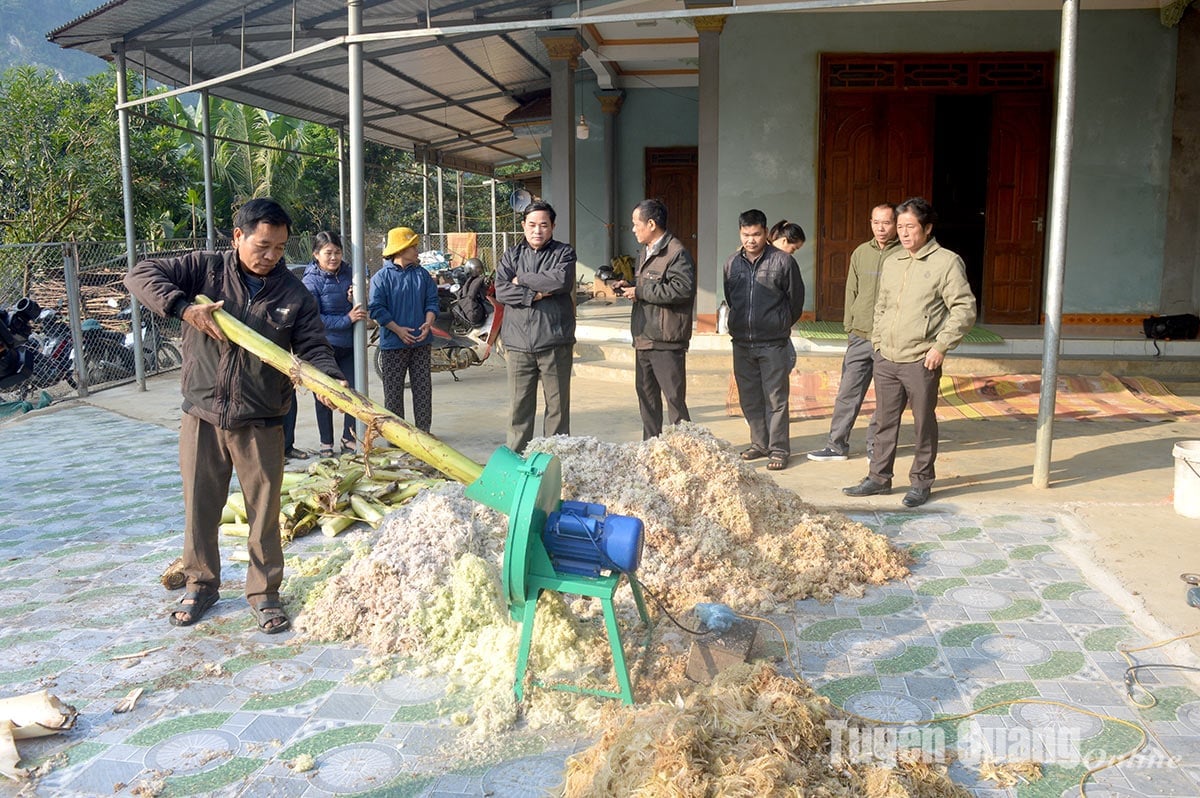

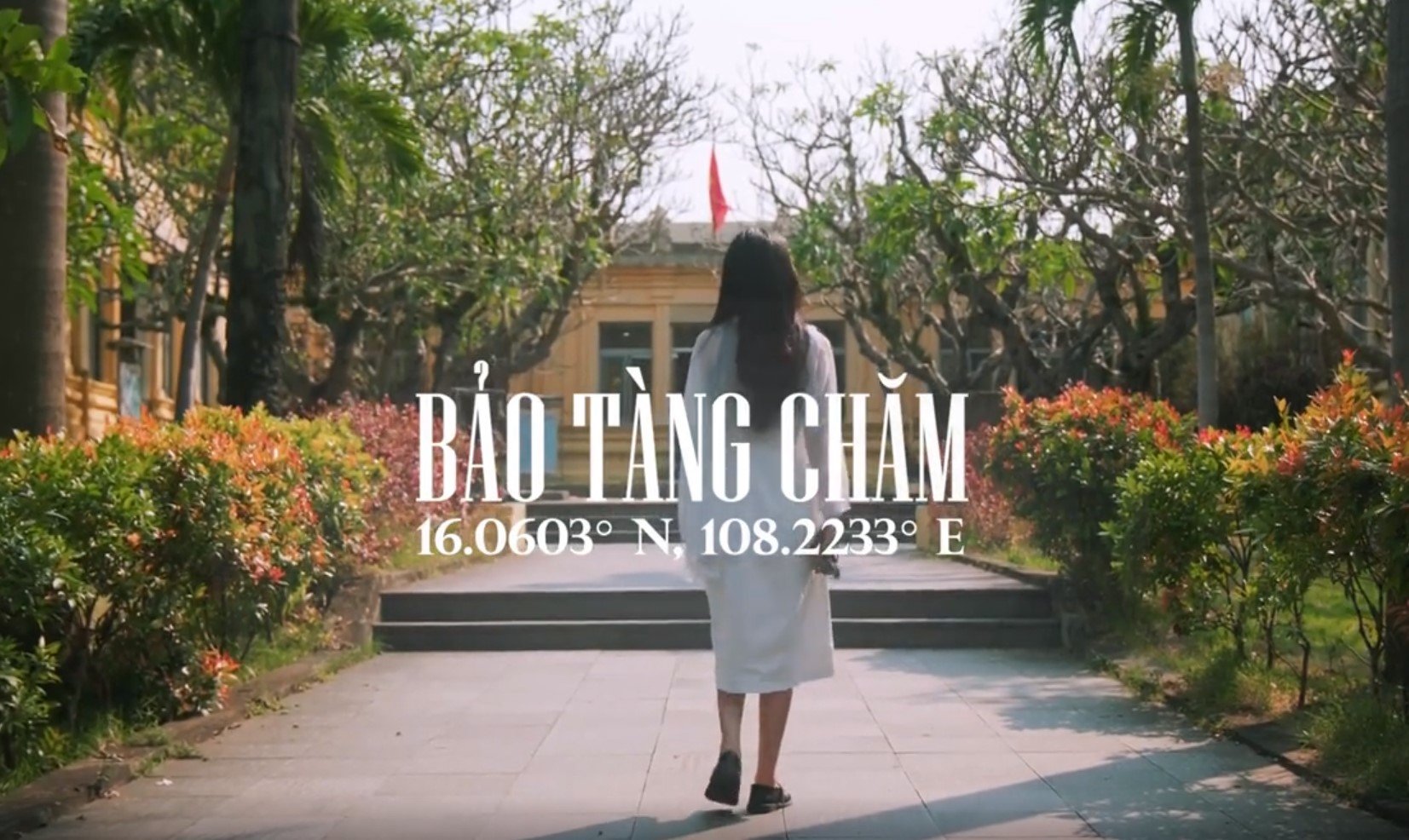

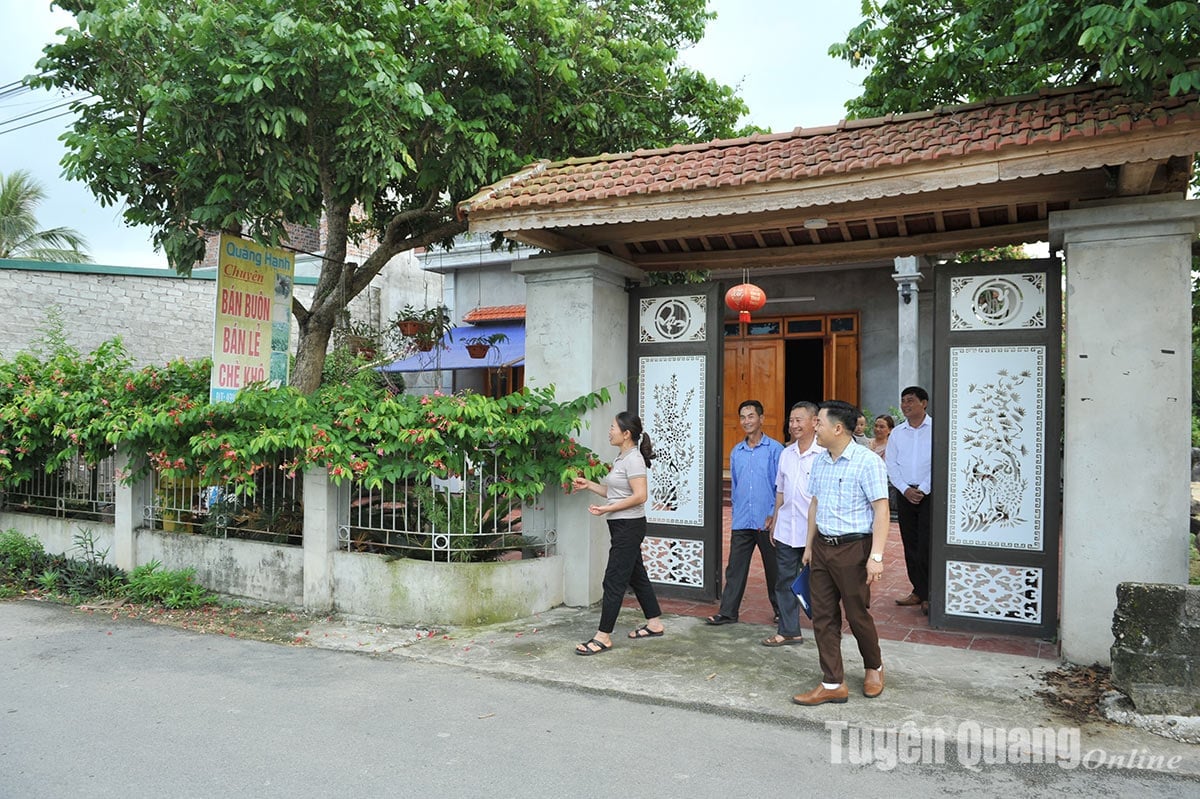




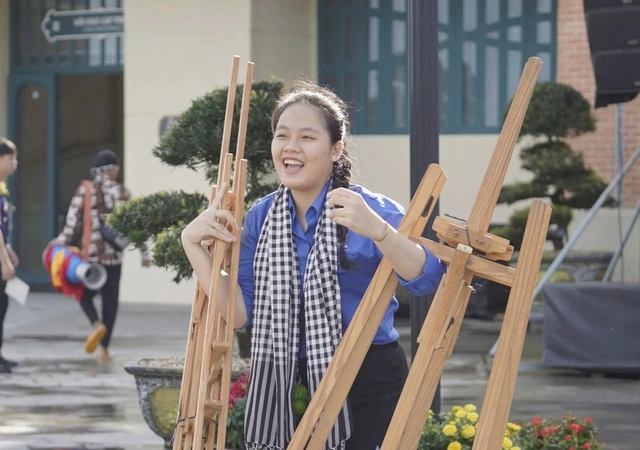








Comment (0)